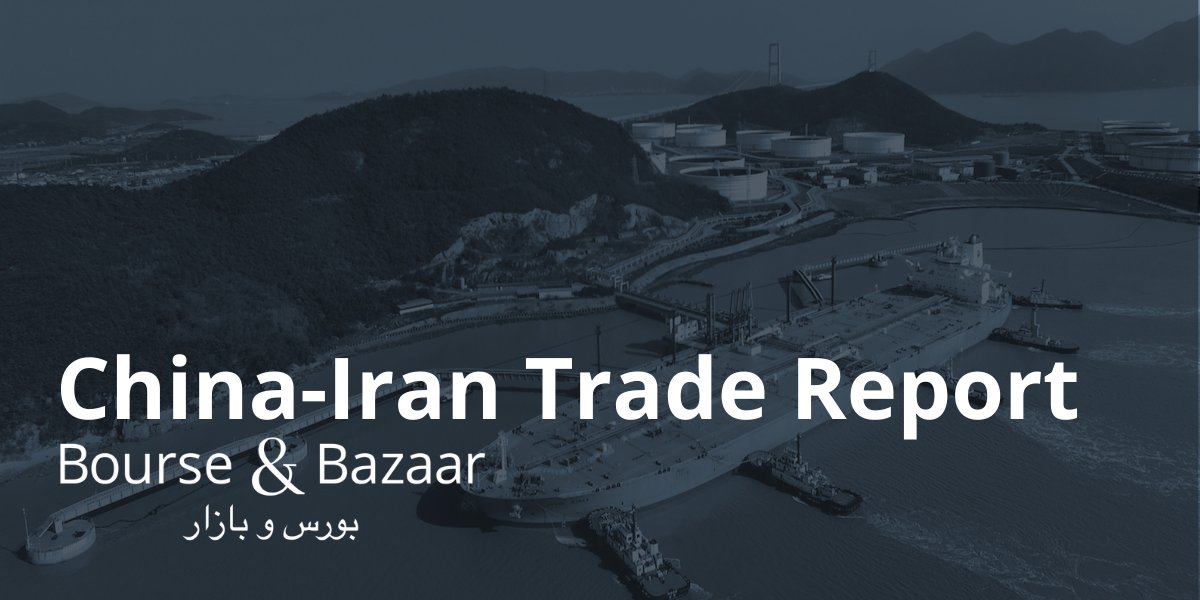China-Iran Trade Report (October 2020)
China’s Non-Oil Imports from Iran Return to Pre-Pandemic Level
After running a small trade deficit with Iran in September, China’s trade with Iran again ran a surplus in October, albeit a small one. New data released by the General Administration of Customs of the People’s Republic of China (GACC) shows that Chinese exports to Iran were basically unchanged between September and October, falling slightly from USD 666 million to USD 626 million. Meanwhile, a lower level of oil purchases saw imports fall from USD 709 million in September to USD 603 million in October. Taken together, China generated a surplus of USD 23 million in its trade with Iran following September’s USD 43 million deficit.
Data from TankerTrackers.com suggests that Iran exported around 1.1 million barrels per day of oil products in September, the vast majority of which was destined for Chinese buyers. That the October total for oil imports is USD 84 million, down from the USD 225 million declared in September is therefore surprising. But the disparity between observed exports and the customs totals can be explained by the fact that most Iranian oil sold to China is arriving via ship-to-ship transfers and blending with crude from other suppliers. As has been noted before in these reports, these circumstances mean that Iran’s earnings are greater than what the GACC data suggests.
While declared oil imports were down from their September totals, Chinese imports of non-oil goods from Iran continued to grow, reaching the highest level since March 2020. The March 2020 data reflects purchases of goods dispatched in February, prior to the acceleration of the COVID-19 crisis in Iran. Chinese imports of plastic products (HS Chapter 39) showed further growth rising to USD 297 million, up from USD 250 in the previous month. Imports of Iranian iron and steel products (HS Chapter 72) fell from their 2020 high of USD 103 million to USD 30 million. This fall was compensated in part by a rise in the imports of organic chemicals from USD 34 million to USD 84 million. In this regard, the non-oil imports figure may reflect the returning strength of the Iranian manufacturing sector, which has returned to growth in the last few months. In order to analyze trends while accounting for month-to-month volatility in totals for certain imports, a new chart has been introduced to this report, presenting the three-month rolling average for Chinese imports of Iranian oil and non-oil goods.
The China-Iran Trade Report is available to subscribers of Bourse & Bazaar Pro. If you are not yet a subscriber and would like to receive this report and the required password each month, please subscribe via Patreon by clicking the button below.



